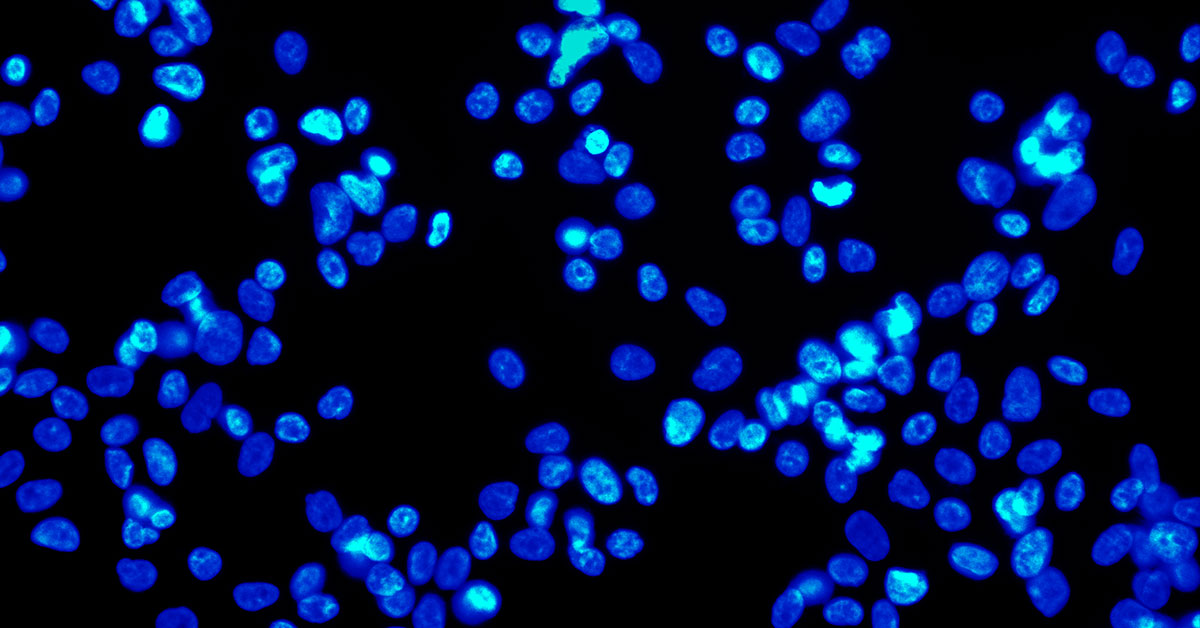FLIR Enhanced Dust Control Service for Machine Vision Cameras

Researchers, manufacturers, and diagnosticians in specialized fields know that the smaller the scale, the more important it is that imaging devices are free from any particles that might obstruct or blur a magnified sample. Applications such as fluorescence microscopy, cell or tumor classification, cytometry, hematological diagnostics, display inspections, and semiconductor fabs require extremely clean optical paths to ensure accuracy and reliability of outcomes.
FLIR cleans and assembles all machine vision camera optical assemblies at our Canadian manufacturing plant in an ISO certified clean environment (ISO7 - Class 10000). This standard level of dust control is usually sufficient for these applications— “dust” in this case defined as any foreign particulate matter. However, some applications require an even higher standard. In such cases, FLIR offers Enhanced Dust Control Service on all its machine vision cameras except Blackfly S Board Level (USB3/GigE) and all Firefly models.
Measurement Method
To test for contamination, all surfaces that may contain stray particles are inspected under a collimated light source using the weber contrast method. Standard tolerance for the weber contrast threshold varies between camera models.
A light source is placed at a fixed distance from camera lens flange providing an approximate point light source equivalent to F/100.

Optical surface quality measurement (simplified)
The figure above shows the approximate configuration of FLIR’s optical surface quality measurement method. Definitions as follows:
- CO – Cover Glass Outer Surface*
- CI – Cover Glass Inner Surface
- SO – Sensor Glass Outer Surface
- SI – Sensor Glass Inner Surface
*Note that although the cover glass outer surface is inspected and cleaned, there is no warranty for dust on this surface once the customer opens the optical path.
Imaging Parameters:
- Gain = 0 dB
- Exposure time set such that Image intensity is 100pts in 8-bit pixel format and ADC.
- Black Level Offset = 0
Threshold Parameters:
Optical surfaces may have anomalies such as pits, scratches, coating imperfections, dust, etc. To test if cameras meet our strict standards, the size of anomalies is converted to equivalent circle diameter for measurement. (Note: these thresholds do not apply to CO). Contact us to discuss your specific needs and/or project requirements.
Our Commitment
In keeping with specialized requirements for small object detection in semiconductor manufacturing to meeting stringent requirements for medical devices, our machine vision cameras offer several features in addition to Enhanced Dust Control Service. These include firmware control and freezing options, long product support cycles (10+ years), and hardware and software features that allow integrators to calibrate for highly accurate color reproduction and low light performance.
These features make FLIR machine vision cameras particularly relevant for demanding applications in biomedical engineering, optical product development, semiconductor fabrication, space research, and other specialized fields.
Learn more about machine vision cameras for a wide variety of applications:


